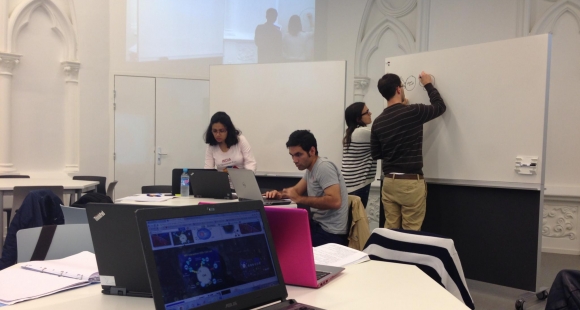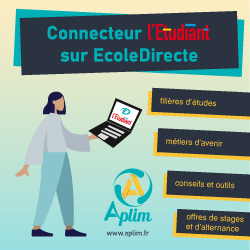
#1 How novel are they?
For months now, flipped classrooms have been on everyone's lips. In short, they ask students to cover course material ahead of time so that classes can be spent on concepts, questions and activities. Université Catholique de Louvain professor Marcel Lebrun remembers a professor using the same method when he was a student. Why all the buzz then? Lebrun explains, "Flipped classrooms combine skill building, active learning and digital tools, which are fully integrated into the classwork. Together, these three elements explain the classrooms' success."
#2 How digital are they?
While flipped classrooms preceded the rise of the web, podcasts and social networks, digital tools have facilitated their development. In addition to providing access to numerous resources, they have made it easier to do things like coordinate multiple groups of students and share presentations.
#3 To flip or not to flip ?
Flipped classrooms don't target specific disciplines or students. Moreover, the best education is a varied one. For Université Catholique de Lille Vice-President Jean-Charles Cailliez, "Variety is crucial! Innovative teaching means combining new and old methods, not reinventing everything."
#4 How do they affect student-teacher relationships?
Flipped classrooms force teachers to rethink the way they work. Cailliez explains, "It's a different way of imparting knowledge. In flipped classrooms, students develop the knowledge themselves. Teachers spend more time going over concepts and ensuring that the coursework has been done and the skills mastered."
#5 How do they impact student success?
Fans of the flipped method argue that it personalizes the material and empowers students. According to the PédagInnov research group, the method has proven its worth. Participating professor Luc Chevalier agrees, saying, "The more students can see how invested their professors are in their learning through increased interactions, the more likely they are to get involved in return. While flipped classrooms aren't the only way to achieve this, they clearly show how personalized support can boost student motivation."






